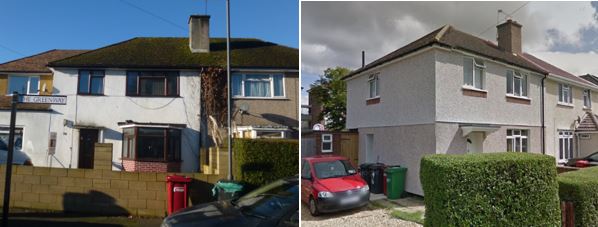Over 72 000 of these low and medium rise houses were constructed by wimpey in england and wales from 1945 to the early 1960s and a further 128 000 between 1964 and 1979.
Wimpey no fines roof construction.
This is a brief overview of some of the styles of non traditional houses.
The first recorded no fines house was constructed on the isle of wight in 1852 and several hundred were built in england and scotland between the wars.
Built by the wimpey company in the early 1950s the houses are so called due to the use of cast in situ no fines concrete concrete made up of cement and graded aggregate but no sand or other fine aggregate.
There are many many different types.
No fines concrete is obtained by eliminating the fine material sand from the normal concrete mix.
What was acceptable at one time may not be in the future.
George wimpey co ltd developed their own patented housing construction system using no fines concrete which resulted in the production of around 300 000 low rise dwellings in the uk from the 1940 s onward wimpey.
If illegal contracting continues the penalties become more severe.
Those who are caught contracting without a license likely will have to appear before a superior court judge to answer to misdemeanor charges that can carry a potential sentence of up to six months in jail and or a 5 000 fine as well as an administrative fine of 200 to 15 000.
Numerous basic types of wimpey no fines wnf bungalows houses and low rise blocks of flats and maisonettes were produced generally ranging in height from one to five storeys although a few six storey blocks were built under special supervision.
Wimpey no fines laing easiform are of the most popular of the non traditional construction build types used in the uk these no fines and easiform properties are still hard to mortgage so it can be hard to find a suitable lender.
The wimpey no fines house was a construction method and series of house designs produced by the george wimpey company and intended for mass production of social housing for families developed under the ministry of works post world war ii emergency factory made programme.









